Associate Pin-crafted by artist, Marg Maheu CSJ Associate from Sarnia
In the Associate pin, pictured left, the heart is surrounded by deep roots, representing being rooted in God’s love; the tree symbolizes all creation (including humankind); the bridge in the centre expresses the desire of Associates/Companions to connect neighbour with neighbour and neighbour with God.
Recently, on Saturday June 17, 2023 some of the Sisters and Associates of the London Community of the Sisters of St. Joseph (CSJ) gathered with family and friends to welcome four new Associate members.
Associates are lay women and men who form small communities to be contemplatives together and to share in a common mission, one of transformation in and through love.
In the morning, the candidates and team met to step back and prepare to take this final step towards full Associate membership.
The Charism Connection Ceremony, held in the afternoon, was a joyful celebration. This celebration is held as new candidates become ready to connect to journeying alongside the Sisters after a process of study and discernment.
The Sisters and the Associates are drawn together by God's call to live by a Charism of 'unity and reconciliation'. We recognize the oneness of ourselves, others, and all of creation with God. We live this out in our everyday lives and in our ministries. We are enriched by regularly coming together in sacred spaces to share our experiences of God working in our lives. Our practice of sharing the State of the Heart and the Order of the House keeps us on the path originally given to our CSJ ancestors.
We Associates are nourished by living life in communion with God and the Sisters who give us strength to live counter-culturally in the world. We are Eucharist for each other, and we are grateful.
-Jean Bowden, Associate of the Sisters of St. Joseph
Interested in becoming an Associate or Companion? More info here.









